The heel is always cracked, what are the factors? How to prevent?
Uncle Wang usually likes to run, and after running home, he always soaks his feet with a basin of water, but recently he found that his heels began to appear dry and cracked, and occasionally accompanied by itching, he thought that more bubbles would be enough . But after a few days of soaking, the dry cracking phenomenon not only did not disappear, but became more serious. So he decided to go to the hospital to ask the doctor how to solve it. The doctor told him that there were many factors that caused peeling on his feet, and suggested that he do further examinations.

It is believed that many people have the phenomenon of cracked or peeling heels, and there are many reasons for this phenomenon. It may be due to external factors such as microbial infection, or it may be due to the lack of certain essential nutrients in the body, causing the skin cells to fail to function properly. metabolism, and skin diseases. So how do these factors lead to cracked heels? We will go into details below.
1. The heels are often "dry and cracked"? may be related to these 3 factors
● skin fungal infection
There are many reasons for cracked heels, but most people with cracked heels are caused by athlete's foot caused by fungal infection. There are many types of fungi that cause athlete's foot, such as Candida albicans, Trichophyton rubrum, and dermatophytes. There are more sweat glands in the skin between the soles of the feet and between the toes, so there will be more sweating, and the air in the shoes cannot be circulated, and the humid and warm environment will promote the growth of filamentous fungi. In addition, the thick stratum corneum of the skin of the feet, especially the skin of the soles of the feet, is also one of the important conditions conducive to the growth of fungi.
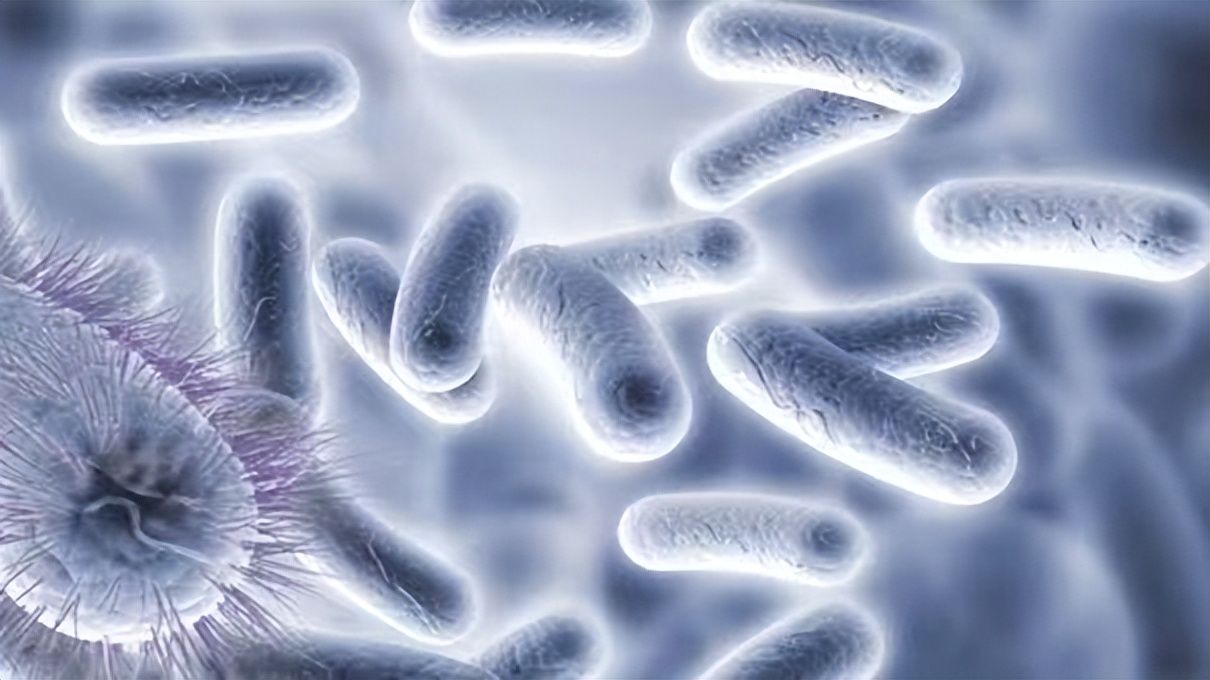
Cleft feet can develop when the feet become infected with fungus, and in most cases are accompanied by itching, blistering, and peeling. For the occurrence of beriberi, patients should actively control the infection, and use reasonable medication to avoid fungal invasion and improve beriberi. At the same time, you should also pay attention to local hygiene, wash your feet frequently, and change socks in time. These habits can prevent and improve fungal infections to a certain extent. After sticking to it, you will find that the skin of your feet will improve significantly.
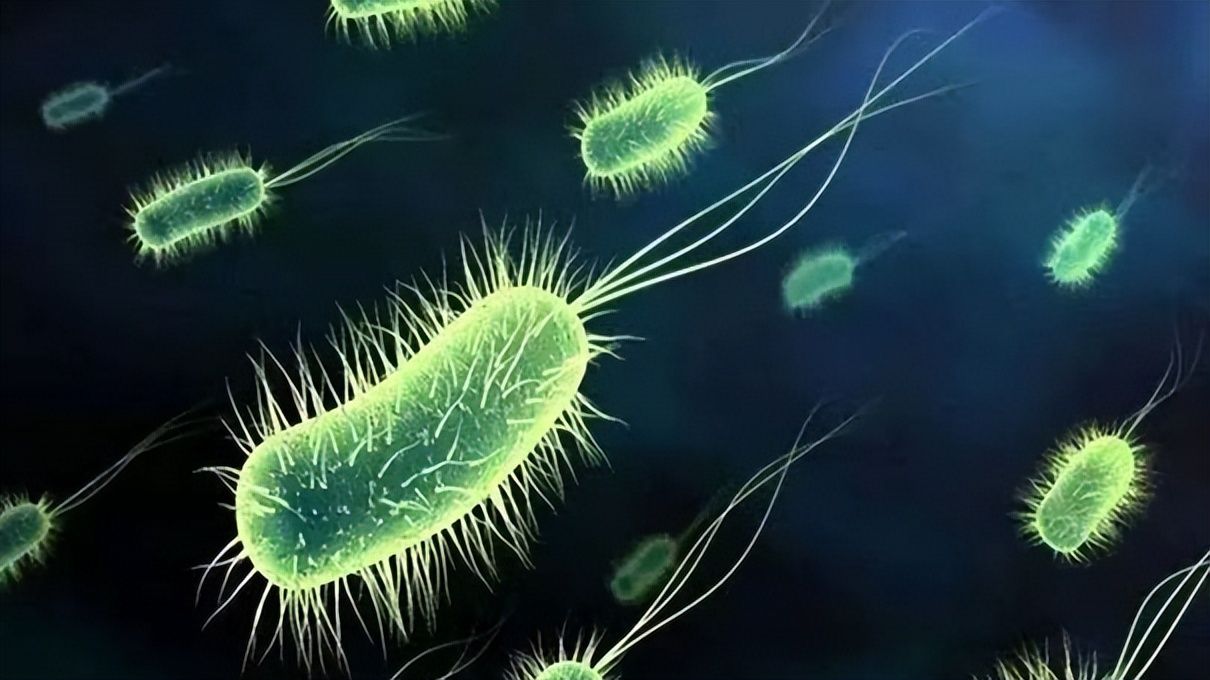
It is worth noting that pregnant women, people who abuse antibiotics and immunosuppressants, and diabetic patients are all susceptible to tinea pedis. Because these people have lower resistance than normal people, they are more likely to be infected by microorganisms, so they should pay more attention to foot hygiene every day. In addition, it is also common in obese people. Obese people are susceptible to infection because of the small gap between the toes and easy sweating, which provides a good breeding environment for the fungus.
● Vitamin A deficiency
Vitamin A deficiency can cause dry skin and reduced skin oil secretion, and dry skin is another important cause of cracked heels. The stratum corneum of the heel is thicker than the rest of the body, and the muscle elasticity is reduced accordingly. Especially in the dry air in winter, the humidity is seriously insufficient, and the lack of vitamin A in the body causes the skin to be relatively dry. If the feet move too much at this time, it will easily cause local cracking of the skin, and then form thin and deep cracks.

● skin diseases
There is a skin disease, dry eczema, which is also a disease that causes chapped heels, also known as hypolipidic eczema, which is a common skin disease. Mainly related to water loss, decreased secretion of sebaceous glands, and poor function, this disease is mostly caused by the destruction of the skin barrier function due to the excessive cleaning of the skin by the patient. After suffering from the disease, patients will experience abnormal dry skin, fissure-like erythema, scaling, and intense itching.
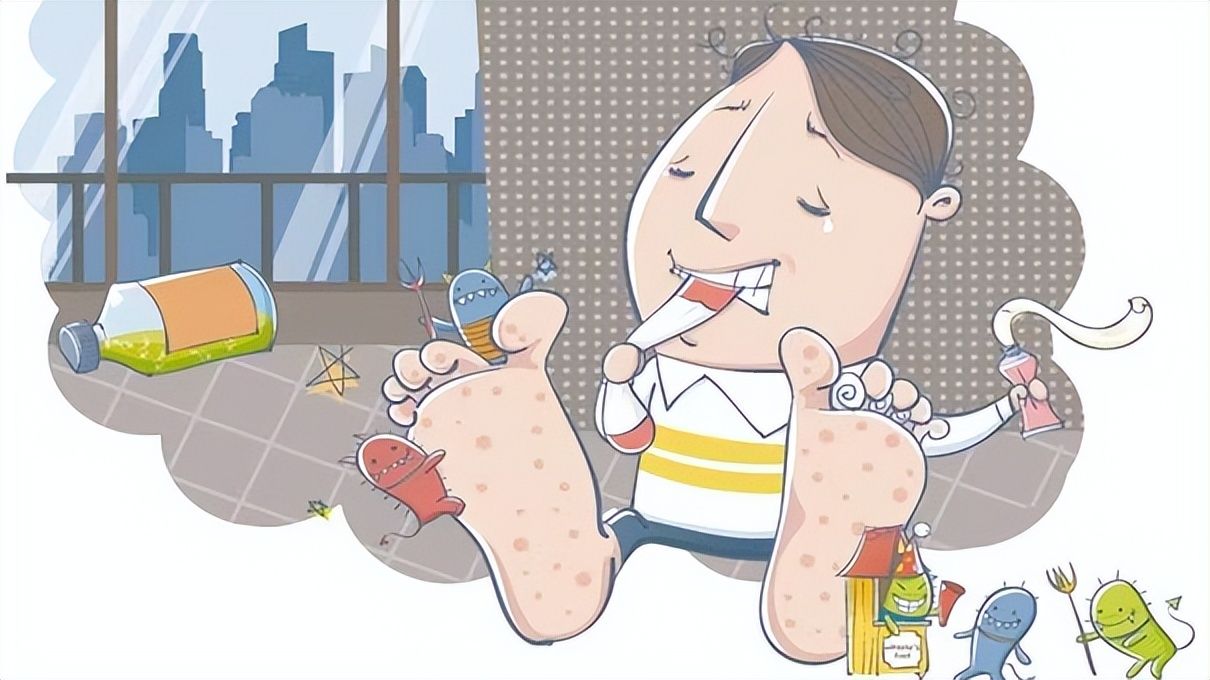
Patients should go to the hospital in time after they develop the corresponding symptoms. In addition, you can choose a suitable emollient for rubbing, which can repair the cracked skin to a certain extent. In severe cases, patients can choose drugs such as methylprednisone, cetirizine, and tacrolimus ointment for treatment, which help to promote the repair of defective skin tissue.
Ichthyosis is also a skin disease that is easy to cause dry and cracked heels. It is a hereditary dyskeratotic skin disease. The main symptoms are dry skin, accompanied by prismatic or polygonal scales (appearance like fish scales), which requires symptomatic treatment. You can use some moisturizing creams for relief.
Above we have had a relatively comprehensive understanding of the factors that cause chapped heels, so who do chapped heels often happen to? Why are these people prone to cracked heels? The doctor will give you the answer below.
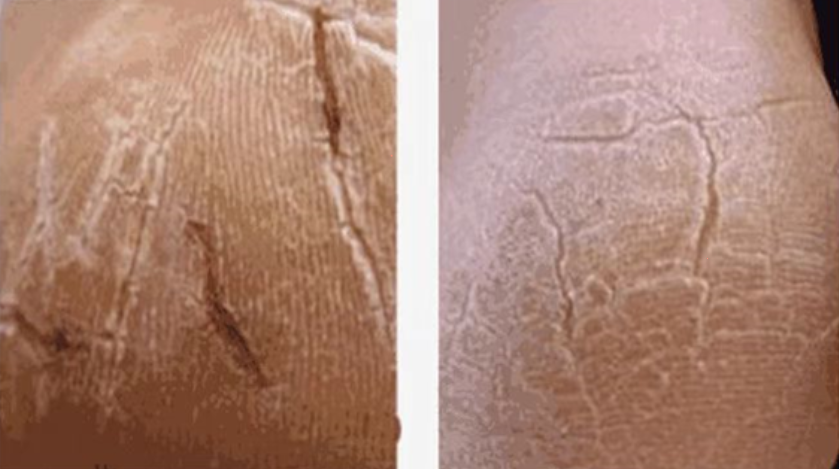
Second, what kind of people are more likely to have dry heels?
First, people who do physical labor in dry conditions are prone to chapped heels. In a dry and cold environment, the stratum corneum on the heel thickens, the function of hair follicles and sebaceous glands declines, and the lack of protection of the sebum film is prone to keratinization and chapped. In addition, if the feet are rubbed for a long time during physical labor, the skin will be damaged by friction and dry and cracked.
Moreover, it is easy to sweat during physical labor, and sweating on the feet will create a suitable environment for fungi to grow, which will lead to the proliferation of fungi. In addition, if you do not pay attention to cleaning, it is easy to cause microorganisms to breed, suffer from athlete's foot, and dry and cracked heels. is inevitable.
Some elderly people will have dry and cracked heels, which is caused by physiological aging. The metabolism of the elderly is relatively slow, and there are many dead cells and few new cells, which will lead to poor skin elasticity and prone to cracked feet. In addition, due to the weakened immunity of the elderly, they are more likely to be infected by microorganisms, thereby increasing the risk of athlete's foot, and the chance of cracked heels also increases.
There are also some pregnant women who also experience the symptoms of dry and cracked heels during pregnancy, because the immune system will decline during pregnancy, causing bacterial infection of the feet, resulting in dry and cracked heels. Therefore, pregnant women should apply some vitamin E appropriately to relieve symptoms and supplement foot nutrition.
People with conditions such as tinea pedis, eczema keratosis, and palmoplantar keratosis are more likely to have cracked heels. In hyperkeratotic tinea pedis, the skin damage involves the entire plantar and even the dorsum of the foot, resulting in dry, scaling, and even chapped skin. In patients with plantar keratoderma xerosis, the heels may also experience dry, cracked, crusty skin with itching. These foot disorders are associated with micro-injury from sweat soaking and sports friction caused by the patient's frequent penetration of poorly breathable footwear.
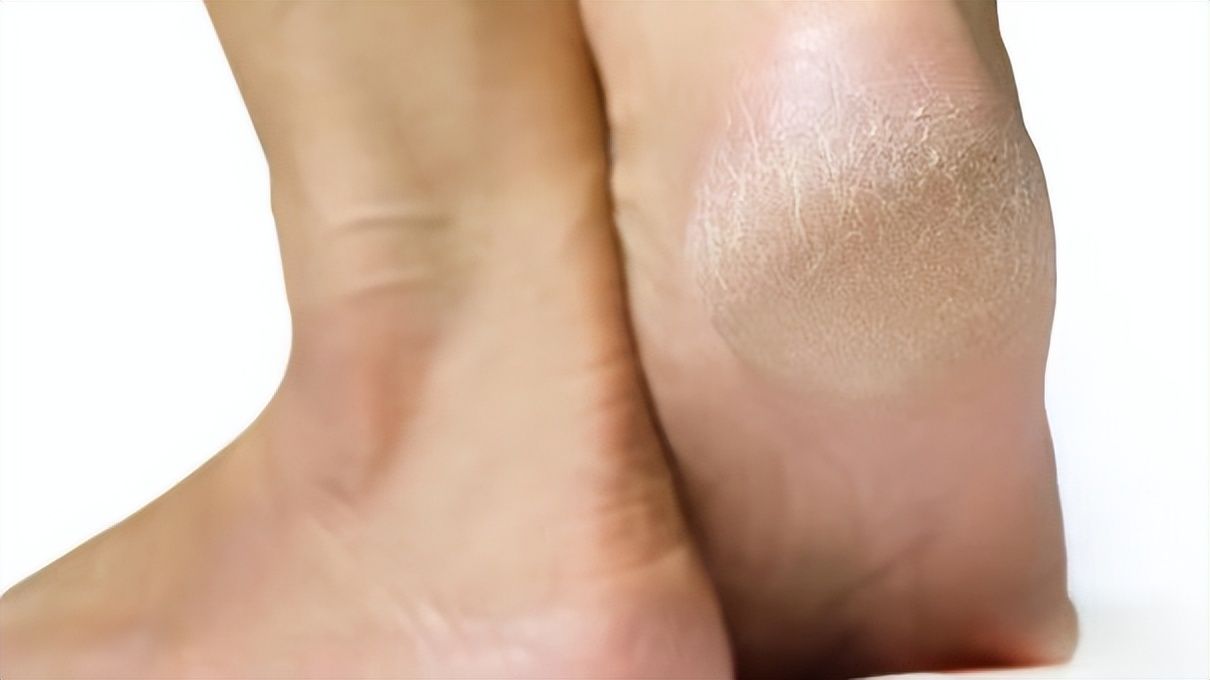
Germs may infect the cracks in the patient's feet, and if the patient's heels are dry and cracked for a long time, the bacteria will have the opportunity to enter the human body through the wound, causing infection, and even severe cases may lead to the inability to walk normally, so daily prevention of cracked heels becomes particularly important. In the following part, the doctor will introduce the preventive measures for dry and cracked heels for you.
3. How to prevent the "dry crack" of the heel?
The prevention of cracked heels is mainly based on local moisturizing and moisturizing. In daily life, especially in cold and dry seasons, you should use more oil-rich ointments, moisturizers, etc. to protect the skin, and try to wear ventilated and breathable shoes and socks to reduce The amount of perspiration on the feet should be avoided. At the same time, avoid scalding the feet with hot water and washing feet with various detergents. You can use urea cream or allantoin to apply to the chapped area to relieve and treat chapped heels.
For dry and cracked heels caused by fungal infections, you should pay attention to daily sterilization to reduce the risk of microbial reproduction. Note that for the disinfection of personal items, usually shoes and socks should be placed separately, and regular boiling disinfection can be carried out for socks, insoles, and foot towels. At the same time, try not to go to the public bathroom for washing; choose shoes and socks with good ventilation, and dry them completely after washing to reduce the proliferation of fungi; do not wear other people's socks and shoes to avoid athlete's foot infection.

Adjusting your diet also has a certain effect on preventing dry and cracked heels. Rough and cracked heels have a certain relationship with the lack of trace elements in the body. Vitamin A will cause dry skin and cause dryness and cracking, so you can eat more vegetables rich in vitamins. And fruits, such as apples, bananas, spinach, carrots, etc., while reducing spicy and stimulating foods, can help improve the symptoms of rough, dry, cracked and crusty heels.
In addition, lifestyle habits are also very important. Keeping warm and cold is also very important to prevent chapped feet. In winter, you should pay attention to keeping your feet warm. You can do more activities in your heel joints every day to promote blood circulation. Use warm water when washing your feet, but remember not to wash your feet frequently. Excessive washing of your feet will easily wash away the oil secreted on the skin surface, which will make the skin lose its protective layer and cause the skin to become dry. And after washing your feet, you should dry them with a soft towel and apply vitamin E or Vaseline appropriately, which will help lock the skin moisture.
If the symptoms of chapped heels are already present, they can be relieved and treated with emollient creams, moisturizers, keratolytics, antifungal medications, and more. In addition, white vinegar foot soaks can effectively relieve dry and cracked heels. Because white vinegar has the characteristics of enhancing skin elasticity and inhibiting dry and cracked skin, white vinegar foot baths once a week are very helpful for relieving dry and cracked heels.
When we wash our feet, pour warm water into the wooden basin, the water temperature should be controlled at about 40 degrees, the ratio of warm water and white vinegar should be controlled at about 10:1, and the soaking time should be controlled at 20 to 30 minutes. , Long-term adherence can relieve dry and cracked skin, and the skin will gradually become smooth.
4. Summary
Dry and cracked heels are often caused by skin diseases, lack of vitamin A in the body or fungal infections on the feet. They are concentrated in people with foot diseases, the elderly, pregnant women, and people with high labor intensity. If the cracked heels are not treated, the cracks will become infected. It may lead to the inability to walk normally, so the prevention of cracked heels is particularly important.

Dry and cracked heels can be prevented in many ways. The most important thing is to start with changing your diet and living habits. It is also very important to prevent fungi. You should pay attention to foot hygiene. In addition, various moisturizing measures can be used to relieve dry skin, thereby enhancing skin elasticity and preventing dry and cracked skin.
Dear viewers, what do you think after watching this? The comment area looks forward to your message.
Subscribe to me for something different every week!
Like my work? Don't forget to support and clap, let me know that you are with me on the road of creation. Keep this enthusiasm together!
